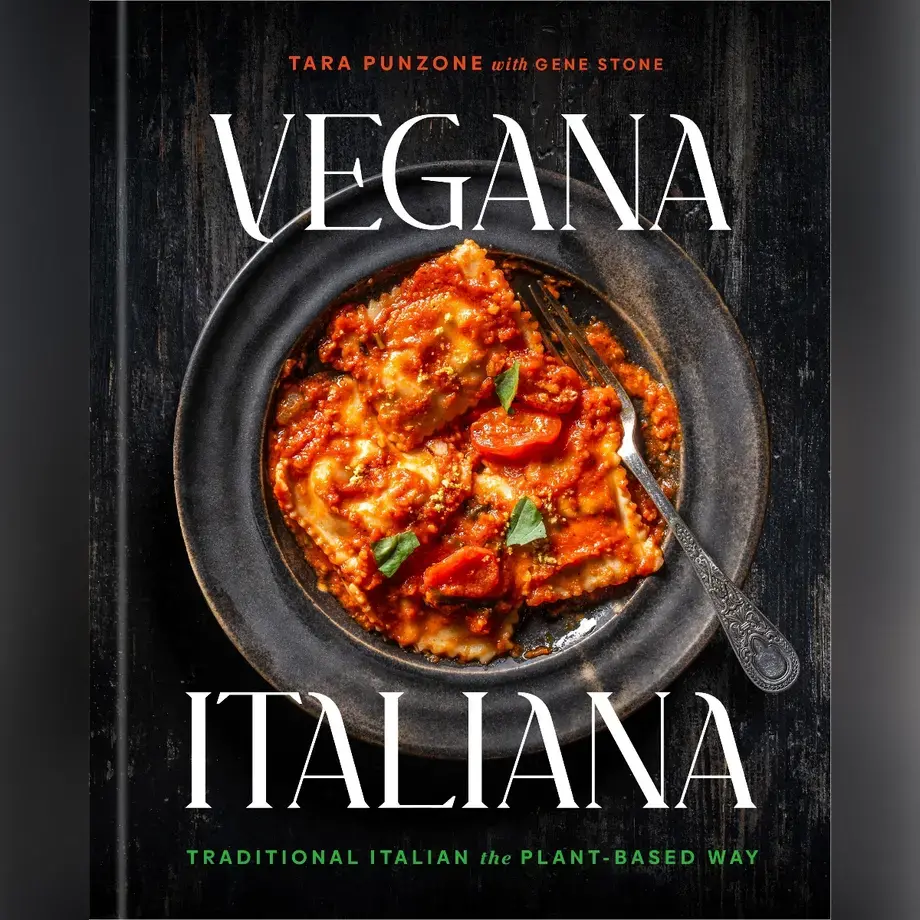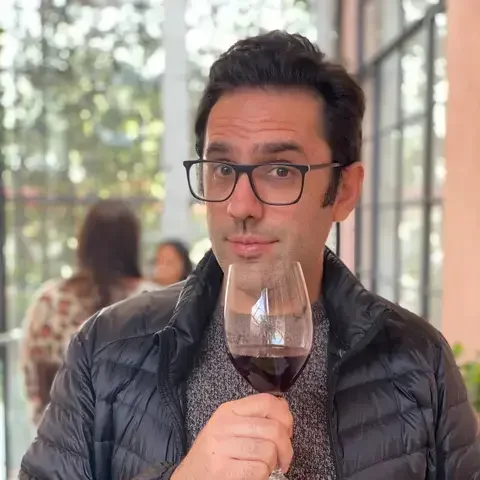More about Spanish Paella
Logistics account for the belief that Valencia is where paella was invented, and perfected. This is the first place that ancient Romans introduced irrigation systems, and where the Arabs planted rice. There surely was no concern over a special paella pan long ago, and the idea that a pan should be flat is a modern concept, borne of flat-top burners—most cooking of the past was done in round containers that we might call cauldrons, designed to either hang over, or sit upon, an open fire.
But the flat-bottomed paella pan, with its sides only a thumb's width high, and usually studded with dimples, has a long tradition—just how long no one knows, but certainly hand-hammered paella pans are known. Today, factory-produced paella pans include the 'dimples' which visually recall the irregular bottom of hand-hammered pans, but also trap liquid between the raised dimples, which promotes even cooking.
Traditional paella is cooked over an open fire, and a very hot one. This is common throughout the Mediterranean for the logistical reason that the region had few slow-burning woods, but a lot of woods with a high acid content, which therefore burn quickly and very hot, according to kitchenproject.com.
There are five main types of Spanish paella:
- Paella Valenciana, the original. Includes chicken and pork and many locals tend to add rabbit, although sometimes this is left out for the pickier tourists!
- Paella de Marisco – seafood paella that does not contain meat.
- Paella Mixta – a mixture of valenciana and mixta, containing both meat and seafood. Also sometimes known as Paella Andaluz. Most popular with tourists.
- Paella Vegetariana – packed with vegetables but meat-free!
- Paella Negra – cooked with squid ink to make it black.
Spanish Paella recipe: the ingredients
When it came time to make my own paella, I cheated, I’ll admit—I did not buy a special pan, nor did I make a fire. Despite cutting these corners, I wanted to get the ingredients right. You want a rice that holds its shape (not like risotto rice, Arborio, which should become creamy), and one that is not Asian, and is grown around Valencia. Bomba is the preferred choice (and is also fun to say).
Onions, garlic, quartered artichokes, green peas and red peppers make up the traditional vegetables. The required seasonings are Spanish smoked paprika and saffron, which gives paella its distinctive golden colour. Saffron has long been, by weight, the most expensive ingredient in the world, but a little goes a long way and a few strands will produce a subtle flavour and lovely colour. Meat and fish can take any number of varieties, but chicken and chorizo is standard, as are shrimp, clams, and mussels. All of these are easy to get, so I stuck with this more focused list, though no one would argue if I had included lobster, crab, snails, goat or rabbit. Garnished with lemon wedges, you’re good to go.
How to cook Paella the traditional way
The tricky part about the cooking is that instinct tells you to stir the rice a lot, but you don’t want this. The rice must cook through, but once it’s cooked you want to keep heating the bottom of the pan without stirring at all, so the bottom is burnt. Diners traditionally eat from the outside edge toward the centre, spooning the paella directly out of the pan, which forms the centrepiece of the table setting (rather than doling out a portion onto their own plate). The burnt rice at the bottom is not tossed but scraped at by the diners as they eat. There’s a special term for this jewel of the dish, the burnt rice: socarrat. That’s the key that would make the dish a success or a failure.
How to make Paella using a cast-iron pan
I was able to get a nice burn by using a cast-iron pan (iron gets much hotter than aluminium or more common pan materials, and so is better at things that you want to burn, or crust, whether it’s paella rice, steaks or burgers). But my pan had sides that were a bit too deep, trapping moisture and making the rice stickier than the best paellas I’ve had in Spain. The chorizo I found at my local supermarket was fine, if uninspiring, but it was helped by real smoked Spanish paprika that I bought in Madrid many moons ago. I used too little saffron, I think (maybe I’m a cheapskate), so the colour was not as golden as I had hoped. In truth, what I produced felt like more of a stir-fried rice dish than a paella proper.
Maybe there is really something to that magic paella pan. But can my kitchen accommodate a one-dish dish, which will sit and gather dust for all but two or three meals a year? I think the most logical solution is to buy the pan and just cook paella often enough to make it worthwhile. Or I can just fly off to Valencia a few times a year and let someone else do the cooking.
Keen to try out other Spanish recipes? Try this list of delights from the Iberian Peninsula: a classic cold tomato gazpacho soup, spicy patatas bravas (a tapas staple), tortilla (with or without onion), some fruity but lethal sangria to wash it all down and a sugary hit of churros con chocolate to end on a sweet note.
Feel like reading something else? Read the article on types of Japanese noodles, the one on Cuban desserts or the one on Naples street food.















